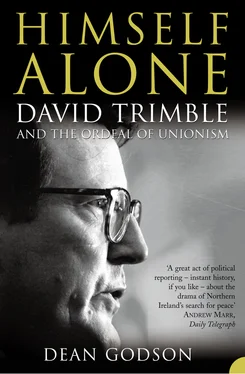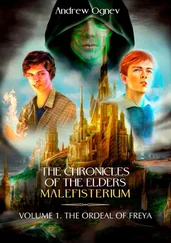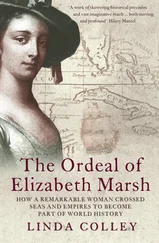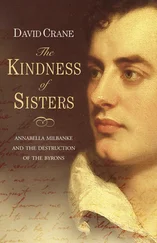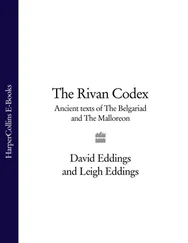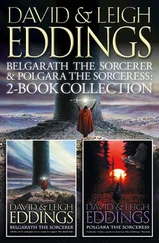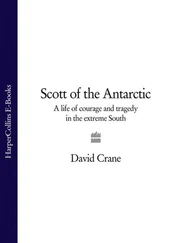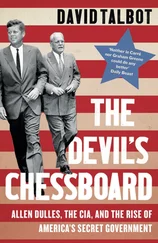Whatever controversies attended the conduct of Queen’s, one thing is certain: anyone who attended Graham’s funeral still describes it as one of the saddest days they can ever recall. Rev. Dr Alan McAloney, who had baptised Graham, conducted a packed service at Randalstown Old Congregation Presbyterian Church, which included the teacher who taught him his first lessons and the seven members of the Graham family who sang in the church choir. 52 The cortège then moved to Duneane Presbyterian Church, one mile from the shores of Lough Neagh, where this only son was laid to rest close to his mother’s forebears. Expressions of shock and sympathy came from all over the world: Margaret Thatcher, who had met Graham earlier in the year when he spoke at the Conservative party conference, wrote to the parents to express her condolences. 53 But whatever the condemnation, the killing had a profound and beneficial effect from the IRA’s viewpoint. As one close colleague has noted, Graham could have been assassinated anywhere, but the choice of Queen’s was quite deliberate. 54 Trimble observes that ‘the murder reinforced the “chill factor” on campus. It reinforced the tendency of Protestant children to go elsewhere for their education.’ 55 Indeed, when Nesbitt returned to teach the following term, he found on one occasion a mugshot of himself on the blackboard with a drawing pin through his head. 56
The gunmen are still at large today, and their identity is widely known. Even in the wildly unlikely event that they admitted their involvement, the semi-amnesty provisions of the Belfast Agreement would ensure that any sentence served would be minimal. It contributed to the University authorities’ reappraisal of political activity by members of staff. Until then, they had viewed such forms of public service indulgently. But thereafter many contend they became more concerned lest it enmire them in further controversy. Trimble and others increasingly felt that excursions into the public arena would not help their careers. 57 Trimble has been unable to forget his fallen colleague and extolled his memory when he won the UUP leadership at the Ulster Hall in September 1995 and in a key vote of the Ulster Unionist Council of November 1999. So, too, did opponents of the Belfast Agreement: ‘What would Edgar have done?’ became a topic of intense debate between the two sides of the UUP. Every day, he passes the memorial stone set on the wall at the entrance of the debating chamber at Stormont. The inscription, with its quote from Euripides, was specially chosen by Anne Graham, sister of the deceased:
IN MEMORY OF
EDGAR SAMUEL DAVID GRAHAM
ASSEMBLY MEMBER FOR BELFAST SOUTH 1982–83
SHOT BY TERRORISTS ON 7 DECEMBER 1983
‘KEEP ALIVE THE LIGHT OF JUSTICE’
SEVEN He doth protest too much
WHEN the University term resumed in January 1984 many colleagues of Trimble feared that he would be next in line for assassination. But short of leaving Queen’s – where any lecturer working to a set rota of lectures and tutorials would be desperately vulnerable – there was little that he could do. Ian Clark, a Queen’s Ulster Unionist student who was friendly with Graham, recalls an intimidatory atmosphere at the University in those days and remembers Trimble telling him that ‘if he needed any protection’, he could help to provide it: Clark understood this to mean physical muscle, but Trimble says that he meant he would intercede with the Queen’s authorities and the RUC. 1 Whatever Trimble actually meant, the one thing which he was determined not to do was to be cowed by the University authorities into relinquishing all political activity: if nothing else he is ‘thran’ (an expression common to Ulster and Scotland spelled in three different ways, meaning in this instance ’obstinate’). 2 An opportunity arose in 1984, when his old friend John Taylor – who was running for his second term as a member of the European Parliament – picked Trimble as his election agent. For the first time, he found himself running a campaign from party headquarters. Although personally disorganised, Trimble proved a good organiser on behalf of the party – and Taylor won the third of Ulster’s three seats in Strasburg (Paisley again secured the highest number of first preferences and Hume took the second seat). 3
In Lagan Valley, too, Trimble sought to burnish his credentials. In 1983 he became Vice Chairman of the constituency UUP and in 1986 sought renomination for the same post. He found himself opposed for this largely honorific job and assumed that it was a renewed attempt by elements of the local Unionist establishment to be rid of him. Suddenly, the incumbent Chairman of Lagan Valley announced he was not standing again. Since Trimble had put himself forward for Vice Chairman, it could reasonably be inferred that he was prepared to run for the top job. This he duly did and Trimble squeaked by at the AGM, with votes 55 to 53. Thus it was that Trimble became chairman of one of the largest Ulster Unionist associations. More important still, Trimble – one of Molyneaux’s main critics – was now the local party chairman of the party leader. Although Molyneaux could not but acknowledge his abilities, the two men were never natural soulmates – to say the least. In Molyneaux’s eyes, politics and policy were the prerogative of the Member of the Imperial Parliament. Ulster Unionist associations, like their Tory cousins, were supposed to be election-winning machines which collected subscriptions and raised funds, but did not bother themselves with great affairs of state. Indeed, even in times of great crisis, such as in 1985–6, the Lagan Valley Association minute books show that surprising proportions of meetings were still spent on such routine matters as fulfilling branch quotas and the payment for the use of Association facilities for jumble sales. Trimble, by contrast, was keen to ‘politicise’ Unionists and accordingly set up a monthly discussion at the Lagan Valley Management Committee meeting called the ‘Current Political Situation’. For example, the minute books for 11 January 1985 record that Trimble suggested that Lagan Valley affiliate to the National Union (of Conservative and Unionist Associations) to influence the ruling mainland party. This initiative was noted with interest by Workers’ Weekly on 2 February 1985, which stated that Trimble ‘has not been foremost amongst those anxious to bring Northern Ireland’s wretched local politics into the British mainstream. He has been a leading spokesman for the devolutionist wing of the UUP.’
There was one other contrast between the two men. Molyneaux was Deputy Grand Master of the entire Orange Order and Sovereign Commonwealth Grand Master of the Royal Black Institution, the senior branch of the Loyal Orders; whereas Trimble was an Orangeman out of a sense of duty and was rarely concerned with the plethora of meetings which office-holders in the District or County Grand Lodge had to attend. Trimble felt that the Orange Order with its rituals and procedures was institutionally not suited to combating the Kulturkampf which Irish nationalists had launched against the Ulster-British way of life: in consequence of this campaign, many outsiders regarded Unionists as the ’Afrikaners’ of the island of Ireland. Trimble’s view of this matter had been given an extra urgency by the text of the joint communiqué which followed the 19 November 1984 summit at Chequers between Mrs Thatcher and the Irish Prime Minister, Garrett Fitzgerald. At the press conference, Mrs Thatcher had famously ruled out the three recommendations of the New Ireland Forum of the Republic’s constitutional parties and the SDLP – which then became known in ‘tabloid-speak’ as her ‘out, out, out’ pronouncement. Unionists were delighted, but Trimble counselled caution. One of his reasons for caution was that in an attempt to slow down the momentum of Sinn Fein/IRA, the British and Irish Governments had agreed to give greater recognition to Irish culture in the life of Northern Ireland. Trimble could, therefore, see this emerging as the next great battle-ground.
Читать дальше
